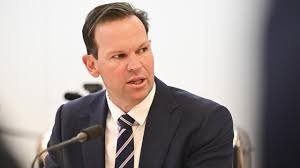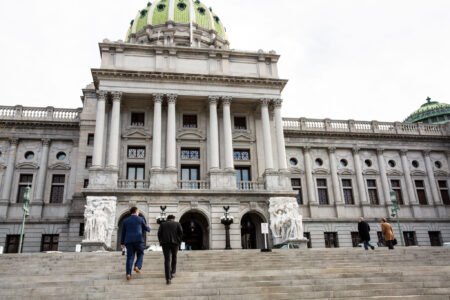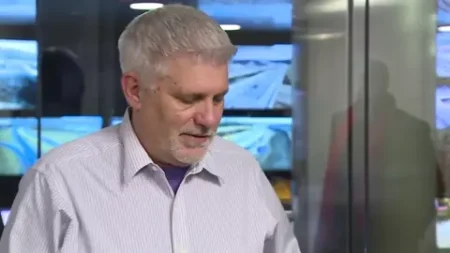Australia’s political debate over climate policy has reignited after Liberal MP Andrew Hastie threatened to resign from the Coalition frontbench if Opposition Leader Sussan Ley endorses the net zero emissions by 2050 target. The move has exposed growing fractures within the Coalition, underscoring the challenges of forming a unified stance on energy and climate action.
Hastie, who represents the seat of Canning, described the net zero pledge as a “straitjacket” on Australia’s economy. He argued that the target could harm industries critical to the nation’s prosperity, including mining and energy production, while placing heavy burdens on regional communities. His warning adds to a wave of dissent among Coalition members skeptical of binding climate commitments.
The Coalition’s internal rift comes at a time when climate policy is once again dominating national and international agendas. Countries across the globe are reaffirming or revising their emissions targets, with mounting pressure from both environmental advocates and trading partners. For Australia, aligning domestic policy with international expectations remains a balancing act between economic concerns and environmental responsibility.
Opposition Leader Sussan Ley has so far avoided taking a definitive stance on net zero, signaling that the Coalition is still weighing its approach. Analysts suggest that Ley faces a difficult decision: supporting the target could trigger resignations and deepen internal divisions, while opposing it risks alienating voters who favor stronger climate action.
The Australia Coalition net zero rift also highlights broader ideological tensions within the party. While moderates see climate commitments as essential for electoral competitiveness, conservatives argue that such targets undermine energy security and long-term growth. The clash reflects a struggle over the Coalition’s future identity and how it positions itself against the government’s climate policies.
Hastie’s remarks drew sharp reactions across the political spectrum. Supporters praised his willingness to defend traditional industries and regional jobs, while critics accused him of resisting necessary change. Environmental groups argued that rejecting net zero would isolate Australia internationally, jeopardizing trade relationships with partners that demand stronger emissions reductions.
Industry leaders are also closely watching the debate. While some in the resources sector echo Hastie’s concerns about economic constraints, others recognize that transitioning toward cleaner energy may be vital for competitiveness in a global market increasingly shaped by sustainability standards. Several businesses have already committed to their own net zero goals, independent of government policy.
The Coalition’s divisions on climate policy are not new but appear to be intensifying as Australia faces greater global scrutiny. International partners, including the United States and the European Union, are pushing for more ambitious commitments, and failure to align could affect Australia’s economic and diplomatic standing.
For voters, the rift may further complicate perceptions of the Coalition. With climate change ranking high among public concerns, especially among younger Australians, the party’s lack of unity could weaken its appeal ahead of future elections. Analysts warn that the inability to present a coherent climate strategy risks damaging the Coalition’s credibility on one of the nation’s most pressing issues.
The Australia Coalition net zero rift illustrates the delicate balance between economic pragmatism and environmental responsibility. As the debate unfolds, it will test the Coalition’s capacity to maintain cohesion while addressing one of the most contentious policy challenges of the decade.







